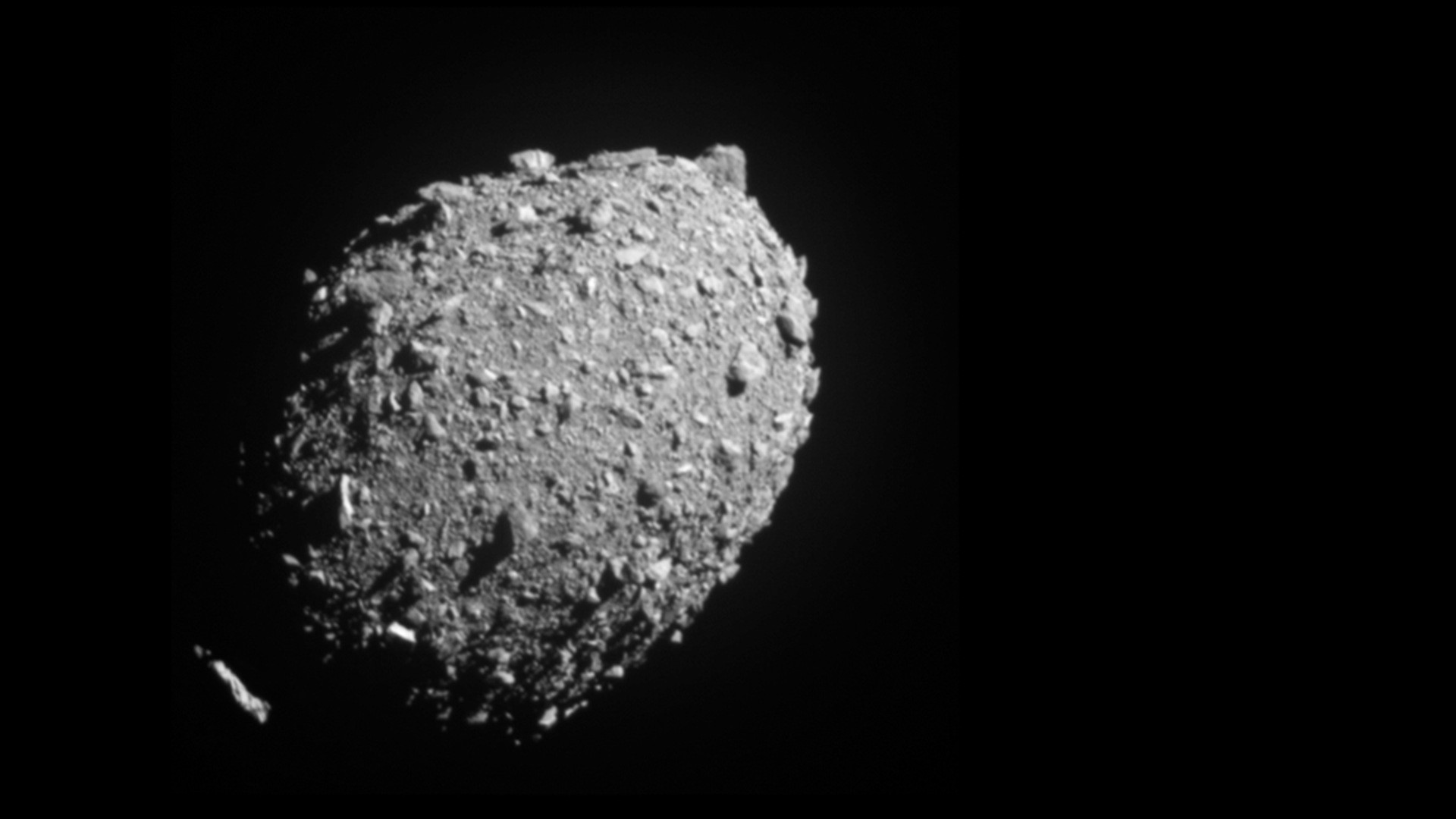A number of organizations worldwide are planning to capture asteroids in order to protect the earth, harvest resources and maybe even create a base from which to launch missions to Mars! The first candidate for caputer or deflection may be asteroid 2012DA14, an approximately 130 ft (40m) by 85 ft 28 m) “space rock.”
B612 Foundation – Deflection
The B612 Foundation mission is to protect human civilization from Near Earth Asteroid (NEAs) impacts that could threaten life on Earth. It is believed an asteroid caused the extinction of dinosaurs during the Cretaceous period.
B612 is a group of 20 experts in a variety of fields from asteroid studies to propulsion systems and power technologies. The group believes it has the technology to deflect an asteroid but needs to develop a early warning system so asteroid deflection technology can be in place in time to divert an asteroid.
One of the keys of the early warning system is the Sentinel Mission Program that will help create a map of the inner solar system and begin tracking potential threats to Earth.
Keck Institute for Space Studies – Capture
Another key organization working on these issues is Cal Tech’s Keck Institute for Space Studies. In their report, supported by a “who’s who” of more than a dozen science organizations historically involved in space flight, systems are being developed to robotically capture asteroids and bring them into lunar orbit where they can be studied.
The group is planning on capturing a 7 meter in diameter asteroid weighing from 250,000 kg to 1 million kg. Like many current projects on the books of leading science institutions, this idea has been dreamed about for decades or even centuries and is now becoming possible through a wide array of technological advances.
Advanced Technology is Key
Two key developments will allow scientists to discover, characterize, track and capture small asteroids: sufficiently powerful solar electric propulsion systems to enable transport of captured NEAs and the ability to easily and cost-effectively place astronauts in lunar orbit so NEAs can be explored and perhaps exploited for their resources.
Scientists in these organizations believe this type of mission could be achieved as early as 2025. In the intervening years systems will be developed to identify and track candidates for the first mission. In addition, developing a flight system capable of meeting an asteroid, stabilizing it, and capturing it is a work in progress.
The cost of the program is currently estimated at $3 billion.






